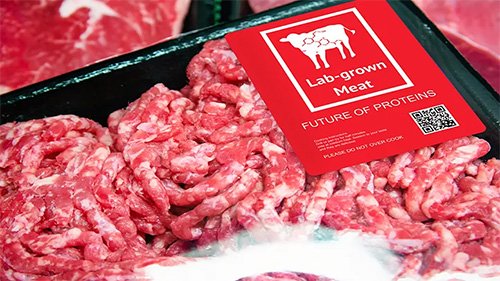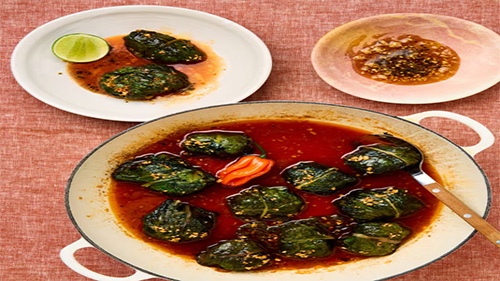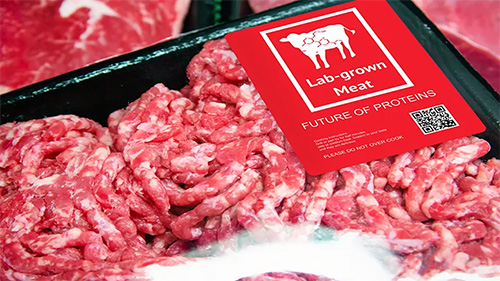Lab-Grown Meat 101: What It Is and How to Cook It

Lab-grown meat, often referred to as cultured meat or artificially generated meat, is transforming the food sector by providing a creative, ethical, and ecological substitute for conventional beef. Produced by growing animal cells in a controlled laboratory environment, lab-grown meat achieves the same taste and texture as traditional meat without raising and slaughtering animals.
What is lab-grown meat?
Lab-grown meat is real animal meat produced by growing animal cells outside a living animal in a controlled environment. The production process begins with taking a small sample of animal cells, typically from cows, chickens, or fish. These cells are then placed in a nutrient-rich culture medium to encourage them to proliferate and develop into muscle and fat tissue. Over time, these cells develop a structure similar to traditional meat and can be harvested and processed into a variety of products, such as burgers, sausages, and even whole steaks.
This method not only reduces the need for large-scale livestock farming but also minimizes the environmental impacts associated with meat production, such as greenhouse gas emissions and land use.
How to Cook Lab-Grown Meat
Cooking lab-grown meat is similar to cooking traditional meat, but with some subtle differences to enhance its unique flavor. Here are some tips to get started:
1. Grilling and Baking
Traditional methods like grilling and baking are well-suited to lab-grown meat. These techniques help create a delicious crust through caramelization, adding depth of flavor. A well-seasoned lab-grown steak or burger can deliver a satisfying taste and texture that closely resembles traditional meat.
2. Pan-frying and Searing
Searing lab-grown meat in a hot pan locks in its juices and creates a golden brown. This method is ideal for stir-fries or stir-fries, as the quick cooking process preserves the meat's tenderness and moisture.
3. Sous-vide
For diners who appreciate precision, sous-vide cooking provides a controlled environment for cooking lab-grown meat to perfection. Sealing the meat in a vacuum bag and then submerging it in a water bath ensures even cooking and locks in moisture, resulting in a tender and flavorful dish.
4. Marinating and Seasoning
Lab-grown meat can have its taste improved by marinating it before cooking. An expertly prepared marinade may give the meat a rich taste that enhances a wide range of recipes.
The lab-grown meat industry is rapidly developing, with numerous companies and startups making significant progress. For example, Israeli startup Aleph Farms has created the world's first steak using stem cells in a bioreactor, aiming to provide meat without the need for cattle or slaughter. Similarly, Meatable has cultivated pork cells to create lab-grown sausages that have a juicy texture similar to real meat, without the need for slaughtering pigs.
These advances promise not only to make lab-grown meat more accessible but also to contribute to a more sustainable and ethical food system. As regulators continue to evaluate and approve lab-grown meat products, we're likely to see these innovations appear on restaurant menus and supermarket shelves in the near future.
Lab-grown meat represents a significant leap forward in the way we produce and consume meat. Through this technology, we can enjoy the flavor and texture of traditional meat while contributing to a more sustainable and ethical food system.



